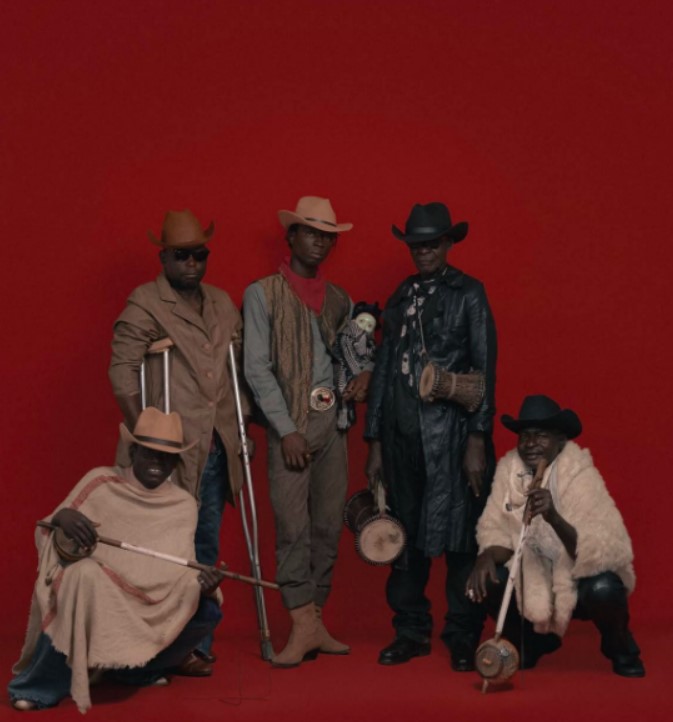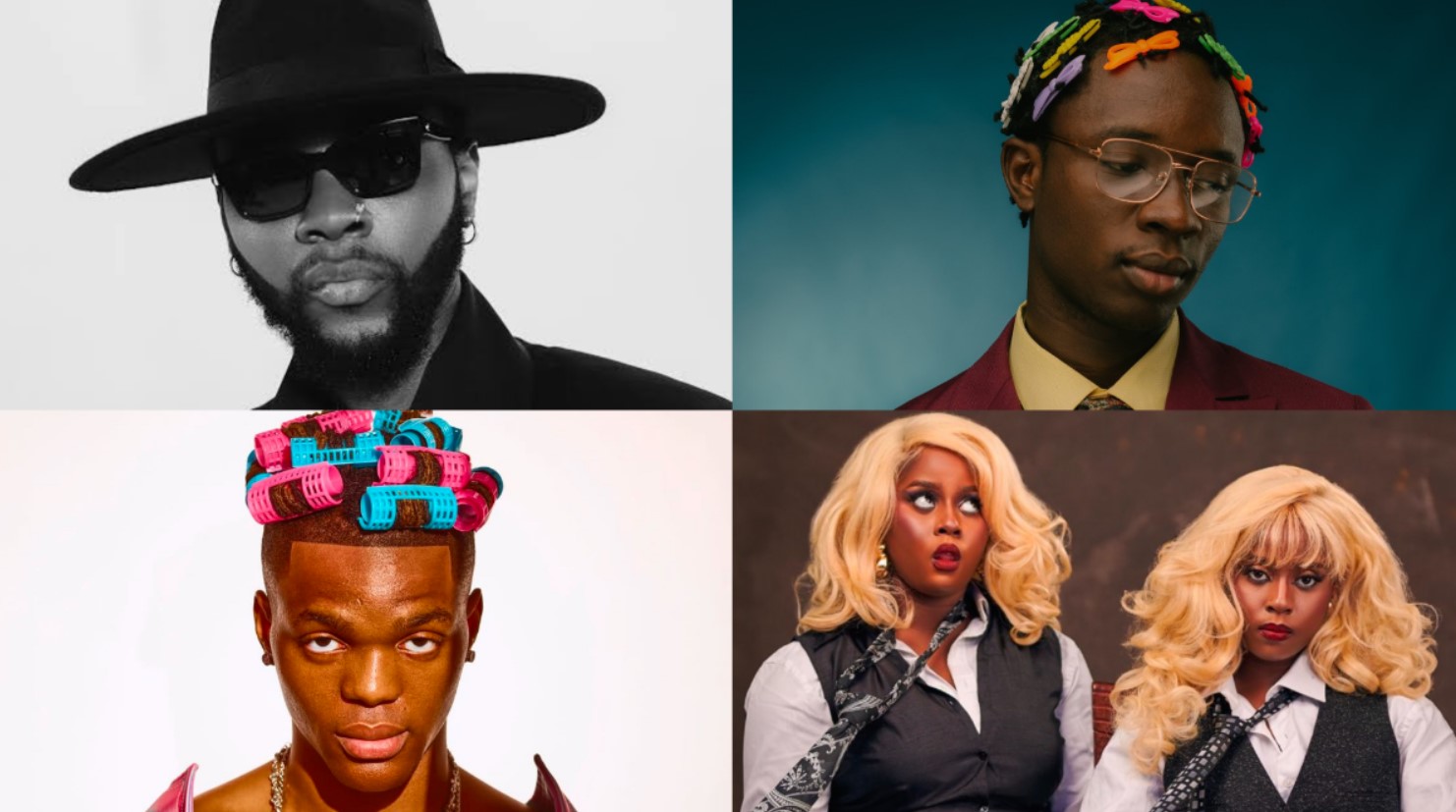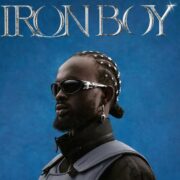At the moment, the embrace of Arewa sounds still feels like an exploratory phase driven by curiosity, experimentation, and individual artistes, rather than an industry-wide movement.
By Abioye Damilare Samson
For decades, Nigerian Pop music has always drawn from a vast pool of influences, but its mainstream focus has rarely tilted towards the Northern part of the country. The music industry’s stronghold has long been about Lagos, where highlife, Fuji, and Afrobeats evolved into cultural behemoths that is shaping the rhythm of the country’s biggest musical exports.
Meanwhile, the north—home to a deep well of musical traditions—has often existed outside this mainstream narrative. It is not for a lack of musical legends. From Mamman Shata and Dan Maraya Jos to Ibrahim Nahabu, the region has produced a storied lineage of musicians whose work pulses with the soul of Arewa music tradition.
Even in Contemporary Pop, acts like Ice Prince, Morell, ClassiQ, and B.O.C Madaki have long been carving out their own lane and infusing Northern sonic elements into the architecture of Hip-Hop and Afro-Pop.
Still, despite this rich history, Northern music has rarely been given the same level of documentation and exposure as the music from the south. The industry’s Lagos-centric industry structure, gap in media coverage, and the long-held perception of Arewa Pop music as niche have all contributed to this sidelining.
But in 2024, something shifted. A few key moments nudged Northern music influences into the conversation that sparked debates about whether the future of Nigerian Pop music might lie in a deeper exploration of the country’s diverse regional sounds.
FirstKlaz and the “Gen-Z Arewa” Moment
One of the central figures in this subtle shift was FirstKlaz, an Abuja-born artiste who spent the year 2024 building momentum as one of Nigerian Pop’s most intriguing new acts.
With a knack for blending the old with the new, FirstKlaz rolled out a series of tracks under his self-styled “Gen-Z” umbrella in the same year with tracks that fused traditional Nigerian sonic elements with contemporary flair. It started with “Gen-Z Fuji”, a swaggering nod to Fuji music’s street-bred bravado. Five months later, he followed up with “Gen-Z Faaji”, a breezy, party-ready collaboration with Joeboy.

But it was “Gen-Z Arewa” that truly sparked something that drew attention to the depth of Arewa’s sonic influences and ignited conversations about a fresh wave of Northern sonic influences in Nigerian Pop music.
Landing at a time when music commentators were bemoaning the creative lull in Afro-Pop’s mainstream sound, “Gen-Z Arewa” felt like a breath of fresh air.
Built on a foundation of Northern rhythms and cadences, it featured a striking duet with the veteran Neo folk traditional northern band Iliya, whose folk-leaning vocals and expert use of traditional Hausa instruments gave the song an undeniable depth.
The Kalangu (talking drum) rattled with a hypnotic pulse, while the Goje (two-stringed fiddle) weaved through the production.
Before long, the track made its way into music conversations. Its impact was immediate. Within weeks, Olamide co-signed it, TikTok embraced it, and soon, debates swirled around whether FirstKlaz had cracked the code for a new era of Nigerian Pop or just another fleeting experiment that will fade like Ojapiano sound did in 2023.
The Subtle Infiltration of Arewa Sounds in Mainstream Pop
While FirstKlaz was busy tapping into Northern sounds, Kizz Daniel was exploring a broader North African sonic palette. His 2024 single, “Mahraba”, leaned into the melodic sensibilities of Arewa and Arabic-influenced music, a direction reflected in its title, which translates to “welcome” or “hello” in Arabic.

The track’s production—rooted in undulating percussion and airy vocal harmonies—is an extension of Kizz Daniel’s growing affinity for the experimentation of Arewa music.
This wasn’t his first foray into Northern sounds. His 2023 hit, “Twe Twe”, drew heavily from the cultural heritage of the Nupe people, where he incorporated Nupe cymbals and Hausa drums into its hypnotic, dance-ready production.
The song’s success—further amplified by a Davido-assisted remix in early 2024—hinted at an audience eager for fresh textures in Afro-Pop, even if they weren’t always explicitly labeled as Arewa influence.
That openness to Northern elements also found expression in the work of emerging acts. The twin duo, Oiza and Meyi, tapped into Northern rhythms on their 2024 release “Jealousy”, a track that blended airy, melancholic vocals with percussive patterns reminiscent of traditional Hausa music.
Meanwhile, BahdBoi OML’s “Almajiri”, off his January-released eponymous EP, BahdBoi, offered one of the most poignant nods to Northern culture. The song’s title, “Almajiri”, refers to the bowl-carrying children who leave home to study Islam in Qur’anic schools—a term that has evolved in the region’s socio-political discourse.
Opening with the haunting voice of an almajiri child, the song leans into the dry, resonant timbre of the gurmi, a traditional Hausa stringed instrument, creating an evocative listening experience that is more of cultural storytelling than a conventional pop record.
Perhaps the most fascinating sonic experiment of the year 2024, however, came from producer Kvng Vinci. His track “Hausapiano”—a fusion of Amapiano’s rolling log drums with Hausa melodic traditions—became a viral sensation, thanks in large part to TikTok’s ever-churning algorithm.
The song’s remix, featuring ZerryDL, pushed it even further into mainstream consciousness, solidifying its status as a hit. What made “Hausapiano” even more compelling was its source of inspiration: it was a re-imagination of “Sabo Garbu Down Down”, an old Northern Nigerian song by Nazir Sarkin Waka.
In blending an archival Northern melody with a contemporary sound, “Hausapiano” was a blueprint for how Arewa influences could be seamlessly integrated into mainstream Afro-Pop.
Will Arewa Sounds Become the Next Big Wave in Nigerian Pop?
To consider where the Arewa sound might go in Nigerian Pop, the question isn’t whether this is just another passing creative experiment, but whether it will grow into a lasting movement. But all signs point to the latter.
Nigerian Pop has always evolved through the absorption of regional and global influences, from Highlife and Fuji to Dancehall and Amapiano. The industry thrives on novelty, and Arewa’s melodic depth, and storytelling traditions offer untapped creative possibilities.
For this shift to have real staying power, however, a few things need to happen. More Northern artistes need to break into the mainstream, not just as niche figures, but as key players in the broader Afro-Pop soundscape.
At the same time, producers need to integrate Northern sonic elements at a foundational level, rather than using them as surface-level sound. Most crucially, there must be a defining hit record that centres Arewa sonic influences while maintaining crossover appeal, much like how Amapiano had to rack up a few undeniable anthems before cementing itself in Nigerian Pop.
At the moment, the embrace of Arewa sounds still feels like an exploratory phase driven by curiosity, experimentation, and individual artistes rather than an industry-wide movement. But Nigerian Pop has a way of recognising when it’s on to something different.
The melodic richness of “Marhaba”, the Amapiano-meets-Hausa bounce of “Hausapiano”, and the folk-inflected charm of “Gen-Z Arewa” all point to the fact that the north is no longer just a footnote in Nigerian Pop’s story. It’s becoming part of the story in a way that cannot be ignored.
Abioye Damilare is a music journalist and culture writer focused on the African entertainment Industry. Reading new publications and listening to music are two of his favourite pastimes when he is not writing. Connect with him on Twitter and IG: @Dreyschronicle




